Home>Ideas and Tips>The Forbidden Frontier Of Foundation Repair
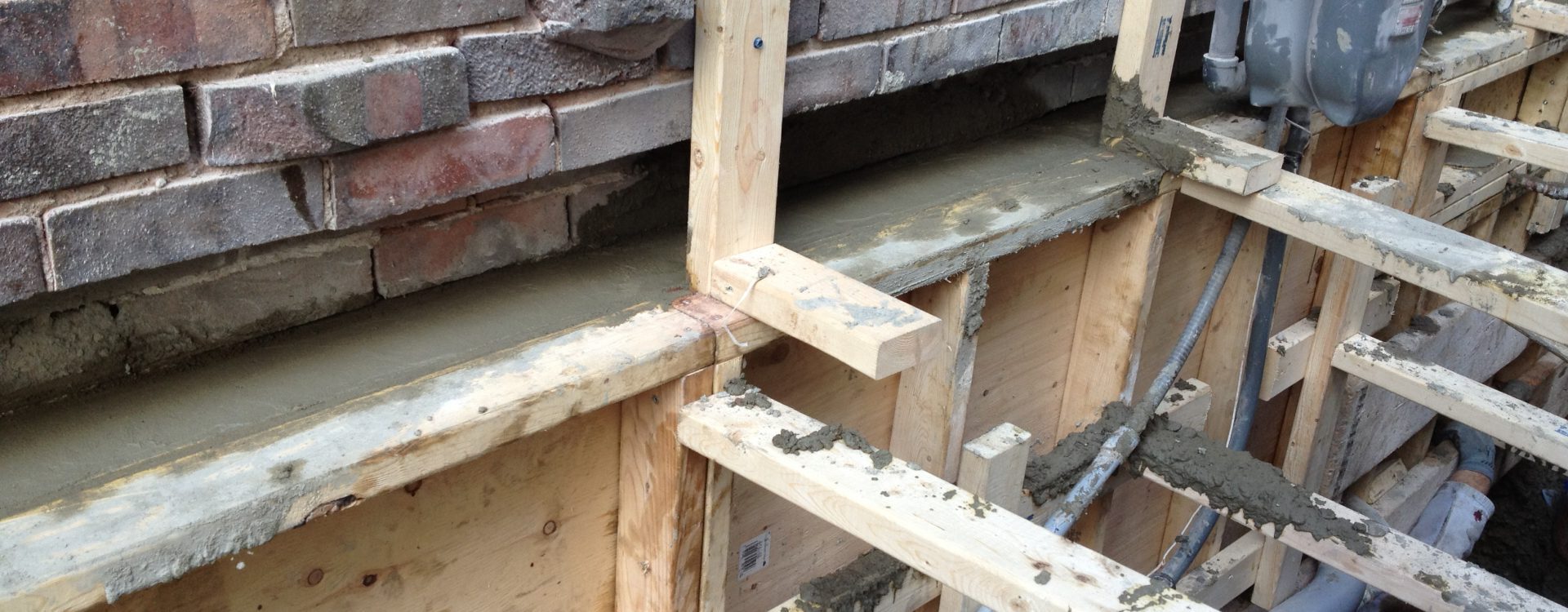

Ideas and Tips
The Forbidden Frontier Of Foundation Repair
Published: October 19, 2024
Discover the hidden world of foundation repair, from early warning signs to effective methods, ensuring your home's stability and longevity.
(Many of the links in this article redirect to a specific reviewed product. Your purchase of these products through affiliate links helps to generate commission for Storables.com, at no extra cost. Learn more)
Introduction
Maintaining a home involves many tasks, but one of the most overlooked areas is the foundation. The foundation is the bedrock of a house, providing stability and structural integrity. However, problems can arise from soil movement, water damage, and poor construction. So, what happens when your foundation starts to fail? Let's dive into the world of foundation repair, exploring early warning signs, common causes, and effective repair methods.
Read more: The Forbidden Fruit Of Edible Landscaping
What Happens When Your Foundation Fails?
When a foundation fails, it can lead to a host of problems that affect the entire structure of your home. Cracks in walls and floors, uneven floors, and doors that won't close properly are just the tip of the iceberg. Water damage can seep into your basement or crawl space, leading to mold and mildew. Over time, these issues can compromise the safety and value of your home. Ignoring foundation problems can result in costly repairs down the line, so it's crucial to address them as soon as possible.
Early Warning Signs of Foundation Issues
Recognizing early warning signs can save you a lot of headaches and money. Here are some common indicators:
- Cracks in Walls and Floors: Small cracks can widen over time, signaling more severe problems.
- Uneven Floors: If your floors are sagging, the foundation might be settling or heaving.
- Doors and Windows: Difficulty in opening or closing doors and windows can indicate a shifting foundation.
- Water Damage: Accumulation of water in basements or crawl spaces can lead to structural damage.
- Sloping or Sagging Roofs: A sagging roof can mean the foundation isn't providing adequate support.
- Settling Chimney: A leaning chimney could be a sign of foundation issues.
- Stair Step Cracks: These cracks in walls often indicate foundation settlement.
- Gaps Around Windows and Doors: Gaps can allow moisture to enter, leading to further damage.
- Sinking Pools: If your pool or the surrounding area is sinking, soil movement might be affecting the foundation.
- Unusual Noises: Creaks and groans from the house can indicate foundation movement.
Common Causes of Foundation Problems
Understanding what causes foundation issues can help in prevention and repair. Here are some common causes:
- Soil Movement: Expansive soils, weather changes, or poor soil compaction can cause foundations to settle or heave.
- Water Damage: Water accumulation around the foundation can cause erosion and structural damage.
- Poor Construction: Weak foundations often result from poor construction techniques or materials.
- Settling Land: Land settling around your home can stress the foundation.
- Tree Roots: Roots growing near the foundation can exert pressure on the soil.
- Poor Drainage: Inadequate drainage systems can lead to water accumulation around the foundation.
- Seasonal Changes: Weather changes can cause soil to expand and contract, stressing the foundation.
- Natural Disasters: Earthquakes and floods can cause significant foundation damage.
Types of Foundations
Different foundations have varying levels of vulnerability. Here are some common types:
- Concrete Slab Foundations: These are the most common, consisting of a single pour slab typically 4-6 inches thick.
- Post-Tension Foundations: These involve a thick slab set with post-tensioned cables for added strength.
- Basement Foundations: These include structural foundation walls fitted to concrete footings around the basement perimeter.
- Raised Foundations: Built on a crawlspace, typically with 6-10 inch thick concrete footings and stem-walls.
- Pier & Beam Foundations: This involves basic post and pad construction, technically a raised foundation.
Read more: The Forbidden Knowledge Of Asbestos Removal
Foundation Repair Methods
Repairing foundations involves various methods depending on the damage. Here are some common methods:
- Push Piers: These underpinning industry favorites involve driving deep piers into stable soil to support the foundation.
- Helical Piers: Similar to push piers, these have helical-shaped shafts screwed into the ground for added stability.
- Slab Jacking: This involves pumping a grout mixture under the slab to raise it back to its original level.
- Crawl Space Repair: Includes repairing crawl space issues like insulation, moisture control, and structural damage.
- French Drain Installation: Installing a French drain around the foundation manages excess water and safeguards against water-related damage.
- Foundation Waterproofing: Treating walls with vapor barriers or installing internal drainage systems like WaterGuard prevents water seepage.
- Concrete Repair: Repairing cracked concrete and applying sealants like DecoShield Concrete Sealer prevents further damage.
- Mudjacking: Injecting a mixture of cement grout and sand under the slab raises it back into place.
Importance of Regular Maintenance
Regular maintenance is key to preventing foundation problems. Here are some tips:
- Watering Your Foundation: Keeping the soil around your foundation moist prevents it from shrinking and swelling, especially during dry spells.
- Scheduling Annual Maintenance: Regularly inspecting your foundation for cracks or signs of damage helps catch issues early.
- Improving Drainage: Ensuring proper drainage around your home by installing French drains or improving existing systems prevents water accumulation.
- Monitoring Tree Roots: Keeping an eye on tree roots growing near your foundation helps address potential issues before they become severe.
- Addressing Seasonal Changes: Being aware of seasonal weather changes helps prepare for potential stress on your foundation.
Winter Weather Challenges
Winter weather poses unique challenges for property foundations. Here are some practical steps to mitigate potential damage:
- Insulating Pipes: Insulating pipes in unheated areas like basements or crawl spaces prevents them from freezing and bursting.
- Sealing Cracks: Sealing cracks in walls and floors prevents water from entering and causing further damage.
- Using De-icing Products: Using de-icing products around the foundation helps prevent ice from forming and causing structural damage.
- Monitoring for Ice Dams: Monitoring for ice dams forming on roofs helps prevent water from seeping into the home through gaps around windows and doors.
Conclusion
Foundation repair is a critical aspect of home maintenance that requires attention to early warning signs, understanding common causes, and employing effective repair methods. Regular maintenance is key to preventing these issues from arising. By being proactive about addressing potential problems, homeowners can ensure their property remains stable and secure for years to come.
References
- Granite Foundation Repair Inc. – Foundation Repair Articles (2024-09-20)
- HD Foundation Repair – Foundation Repair Blog, Articles, and Tips
- Dalinghaus Construction – The Ultimate Guide To Foundation Repair
Understanding the intricacies of foundation repair helps homeowners safeguard their largest investment— their home—against costly repairs and ensures its longevity.
Was this page helpful?
At Storables.com, we guarantee accurate and reliable information. Our content, validated by Expert Board Contributors, is crafted following stringent Editorial Policies. We're committed to providing you with well-researched, expert-backed insights for all your informational needs.
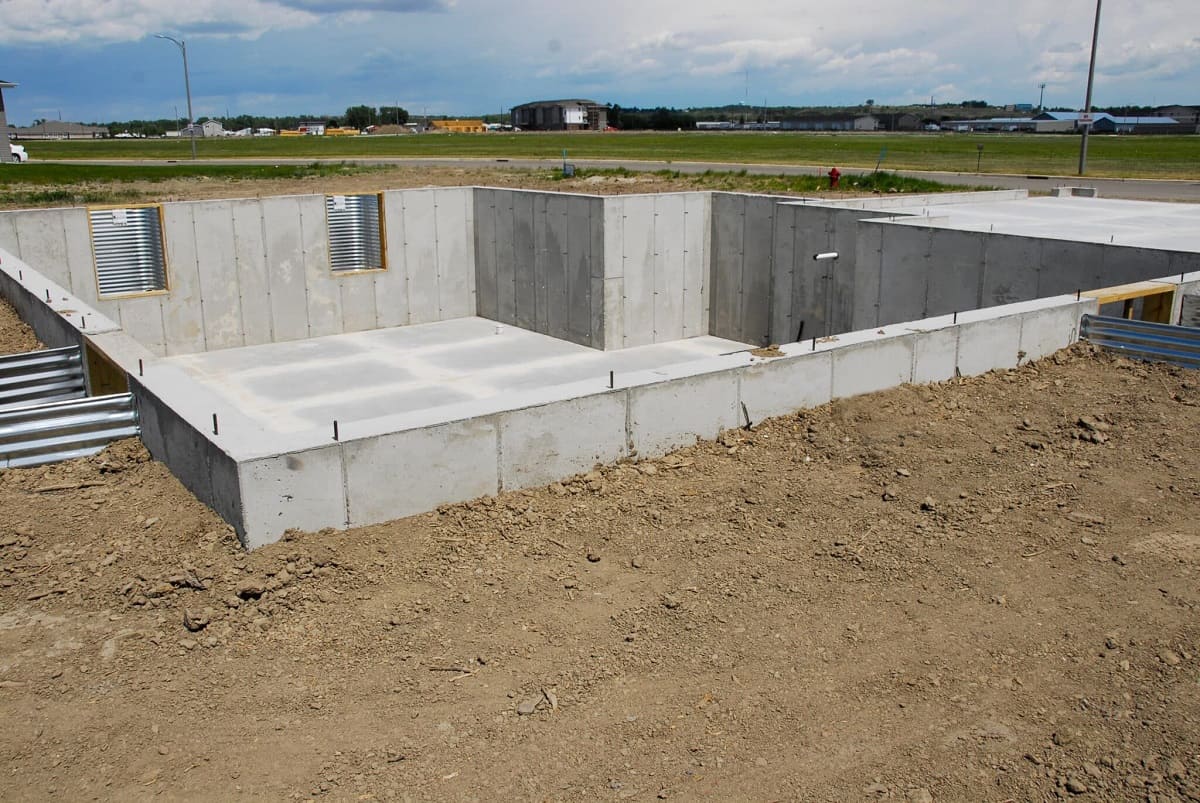
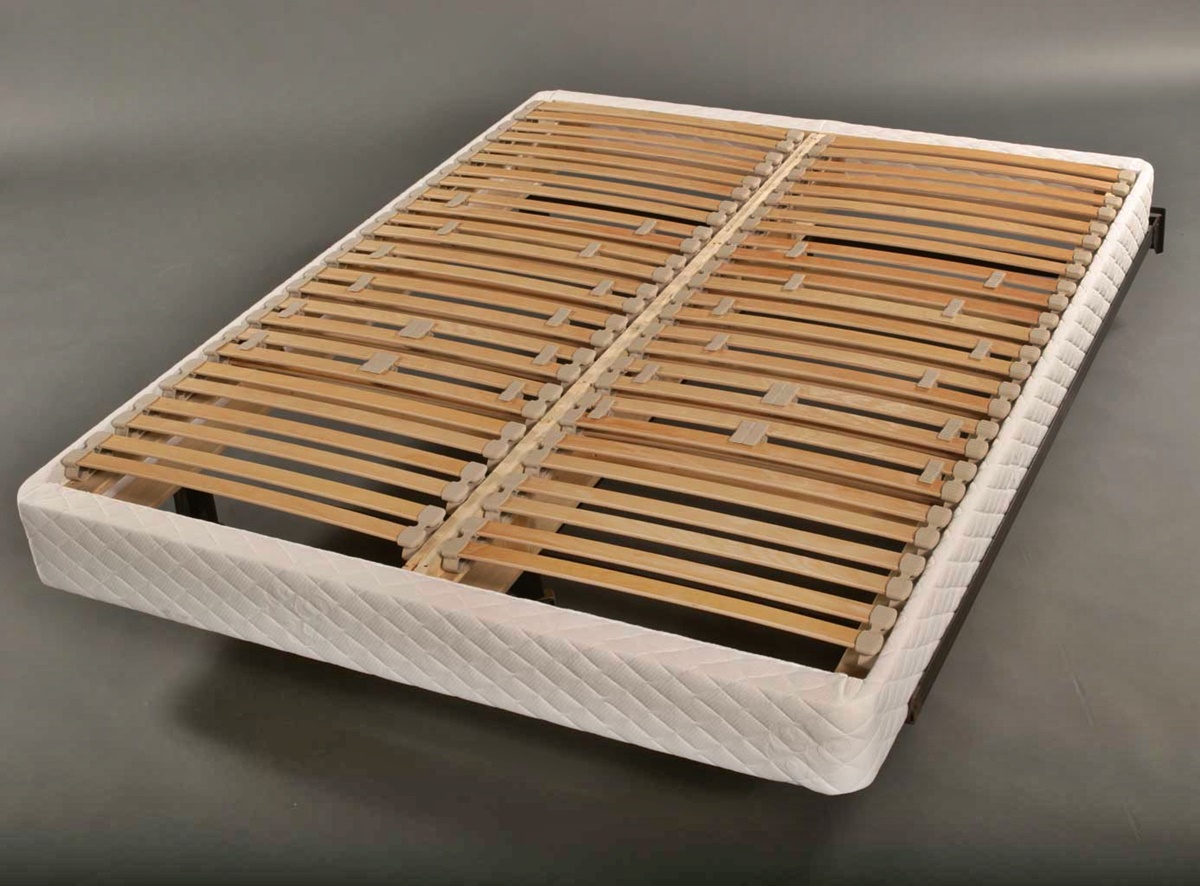
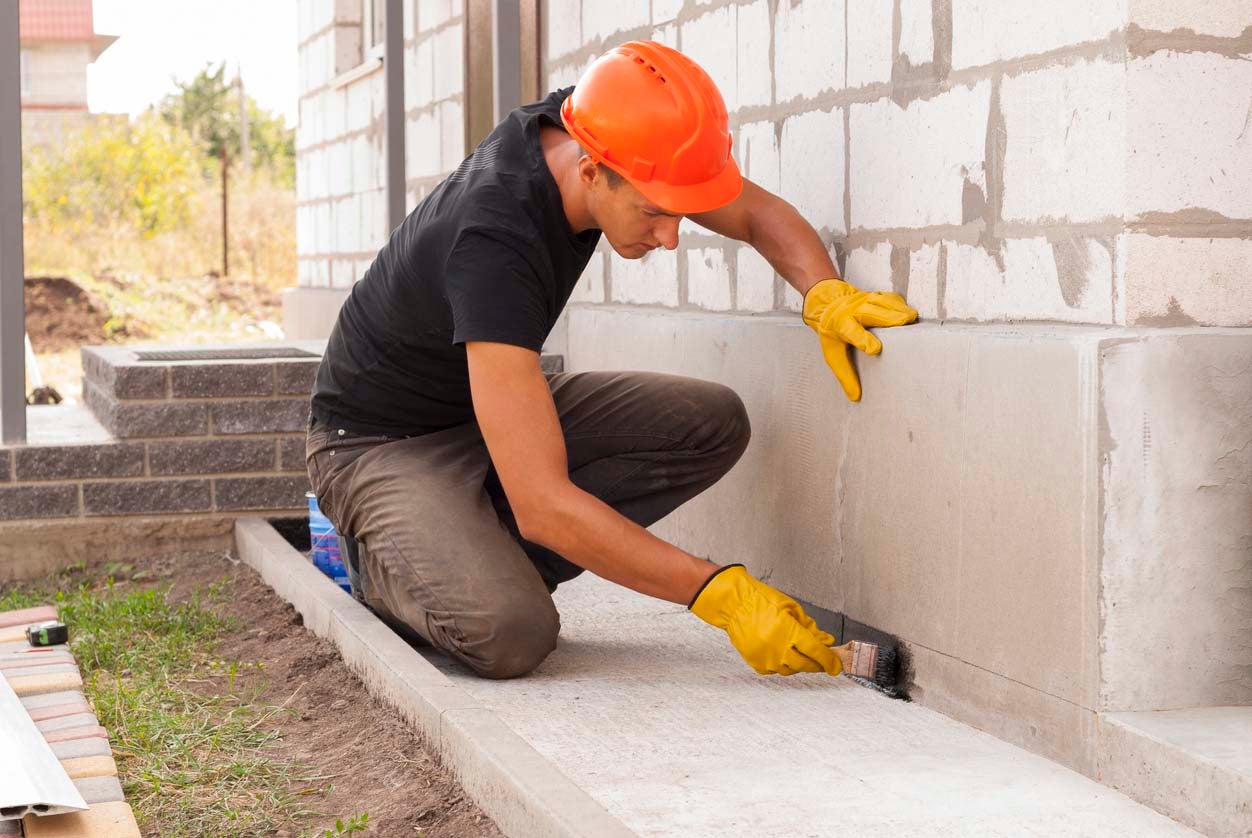
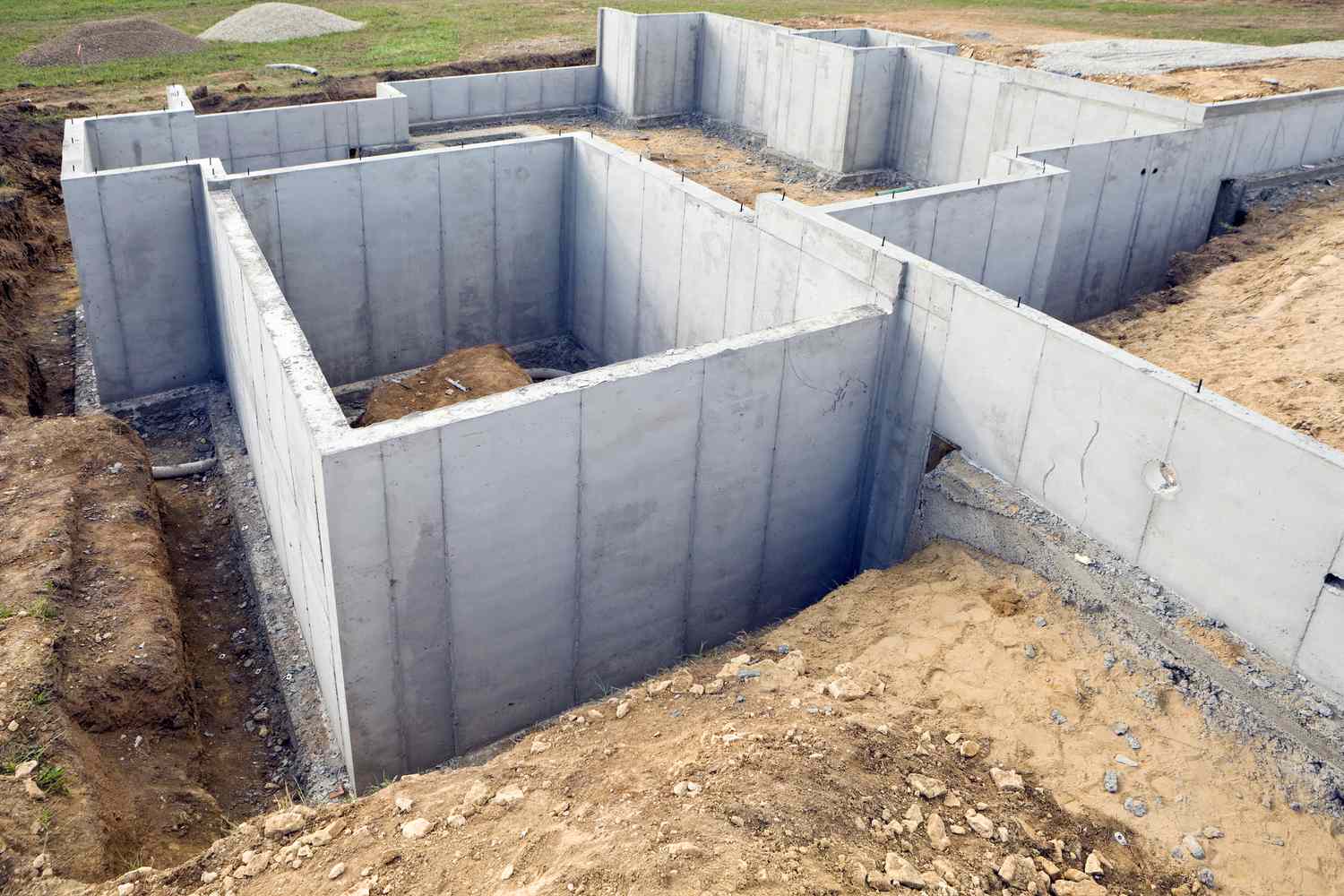
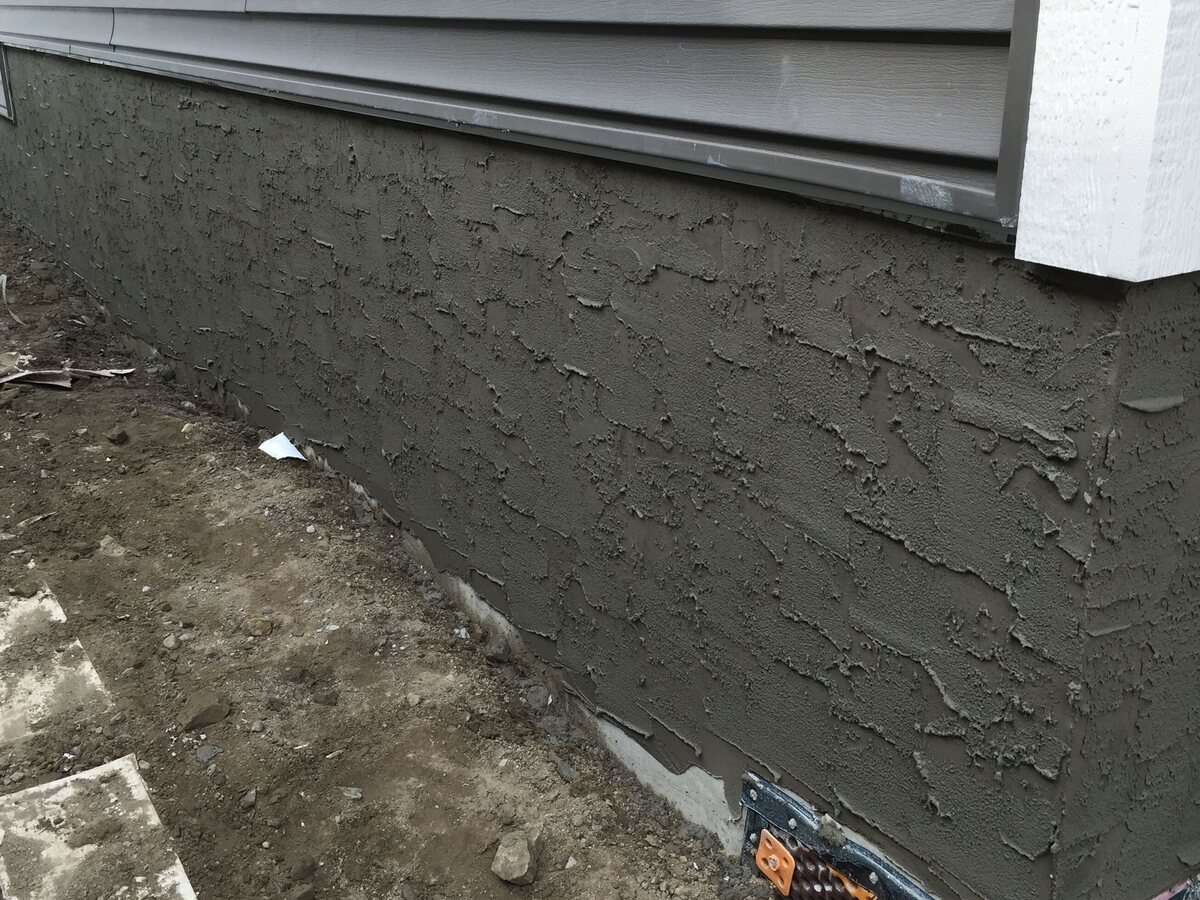
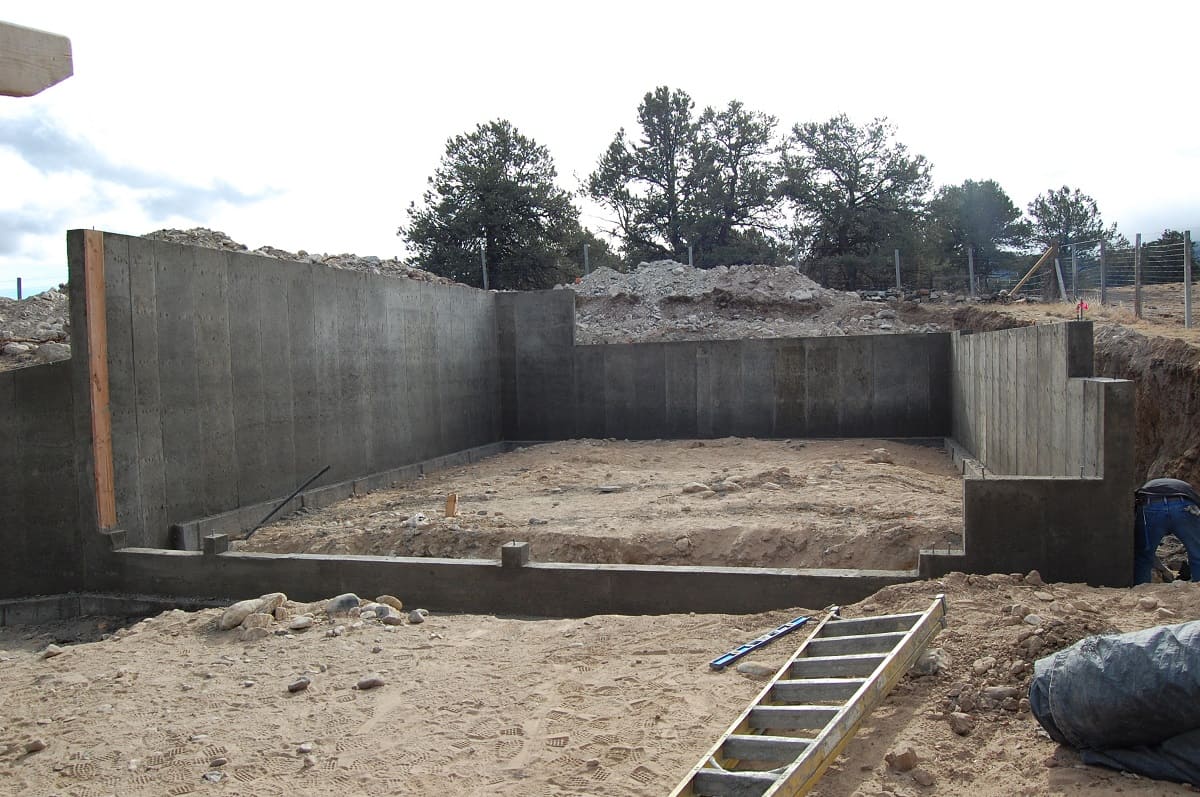
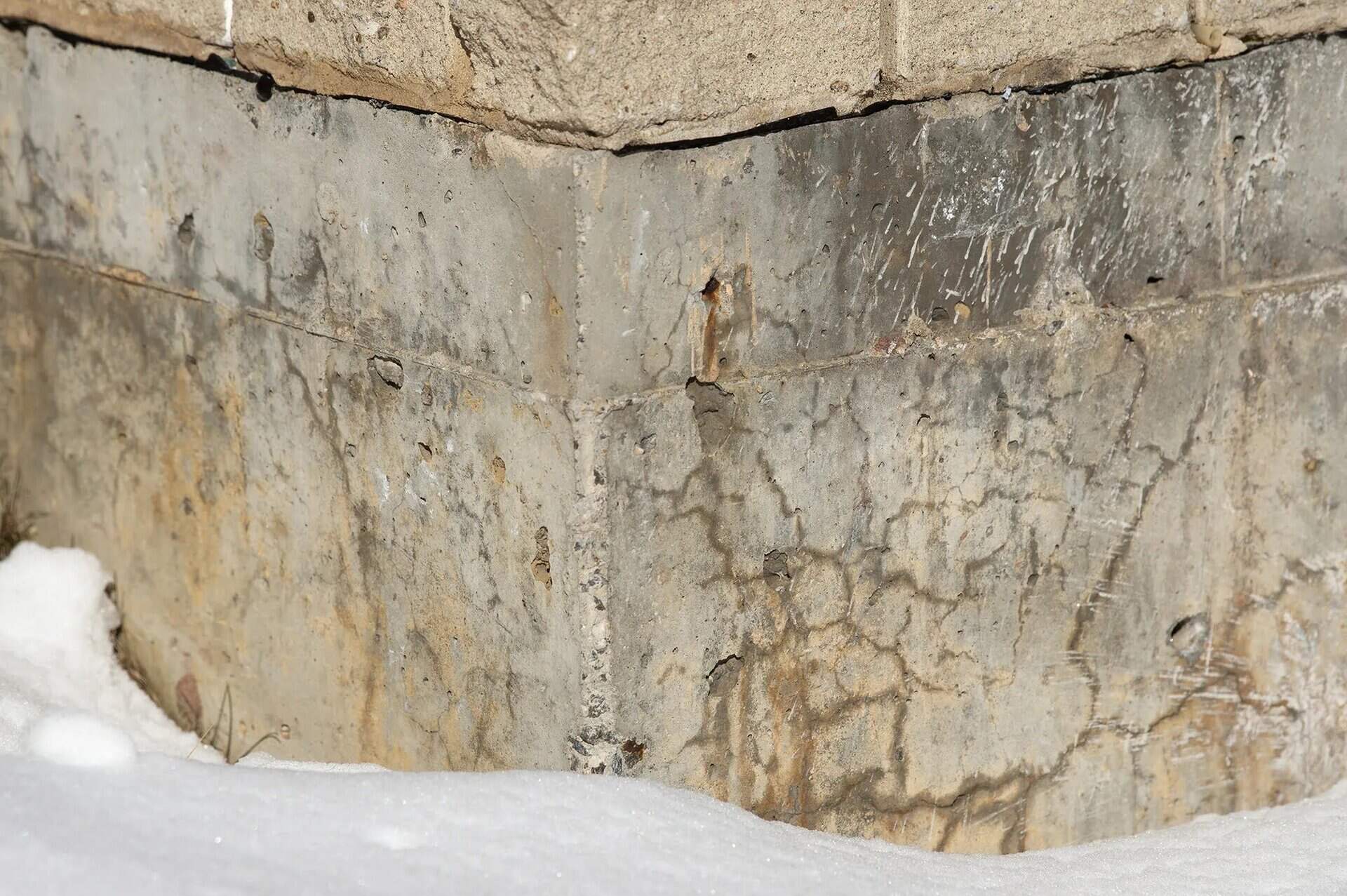
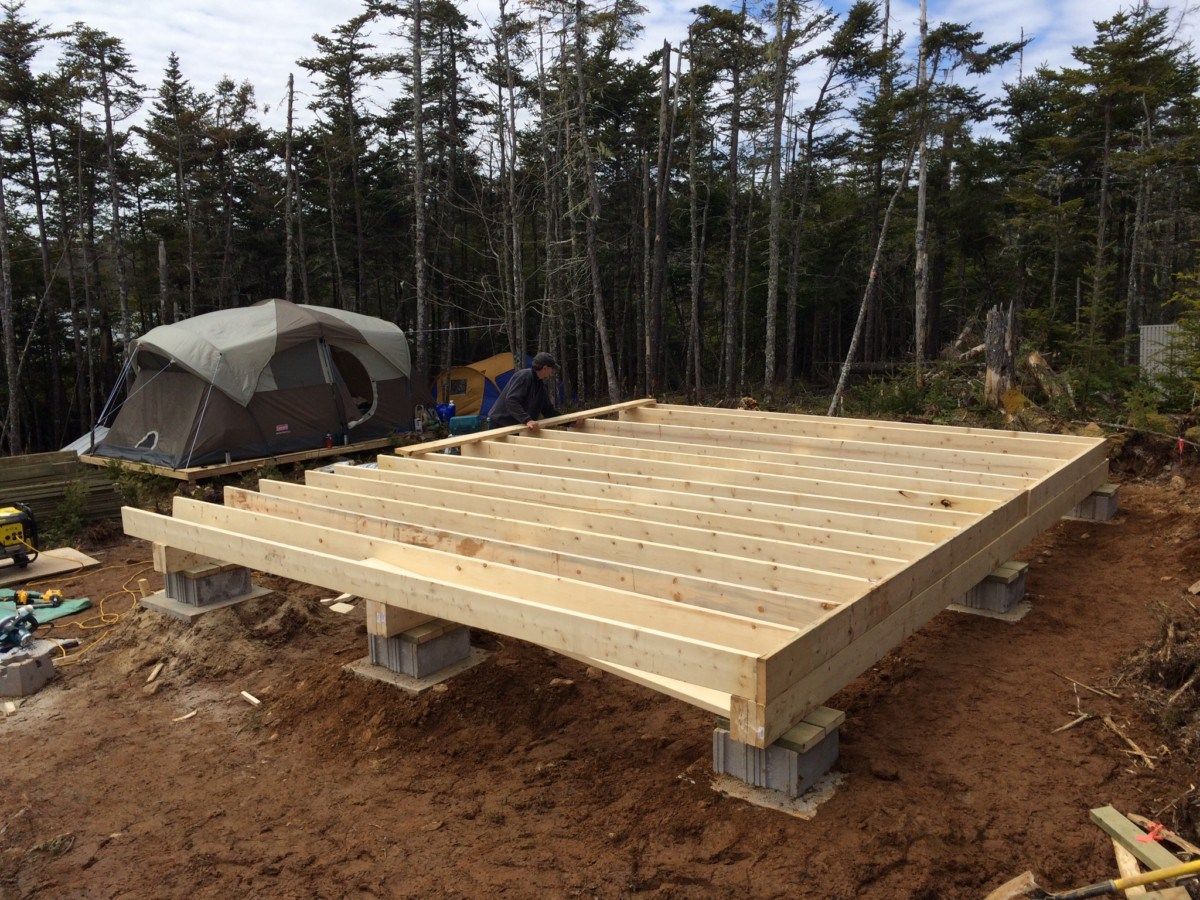
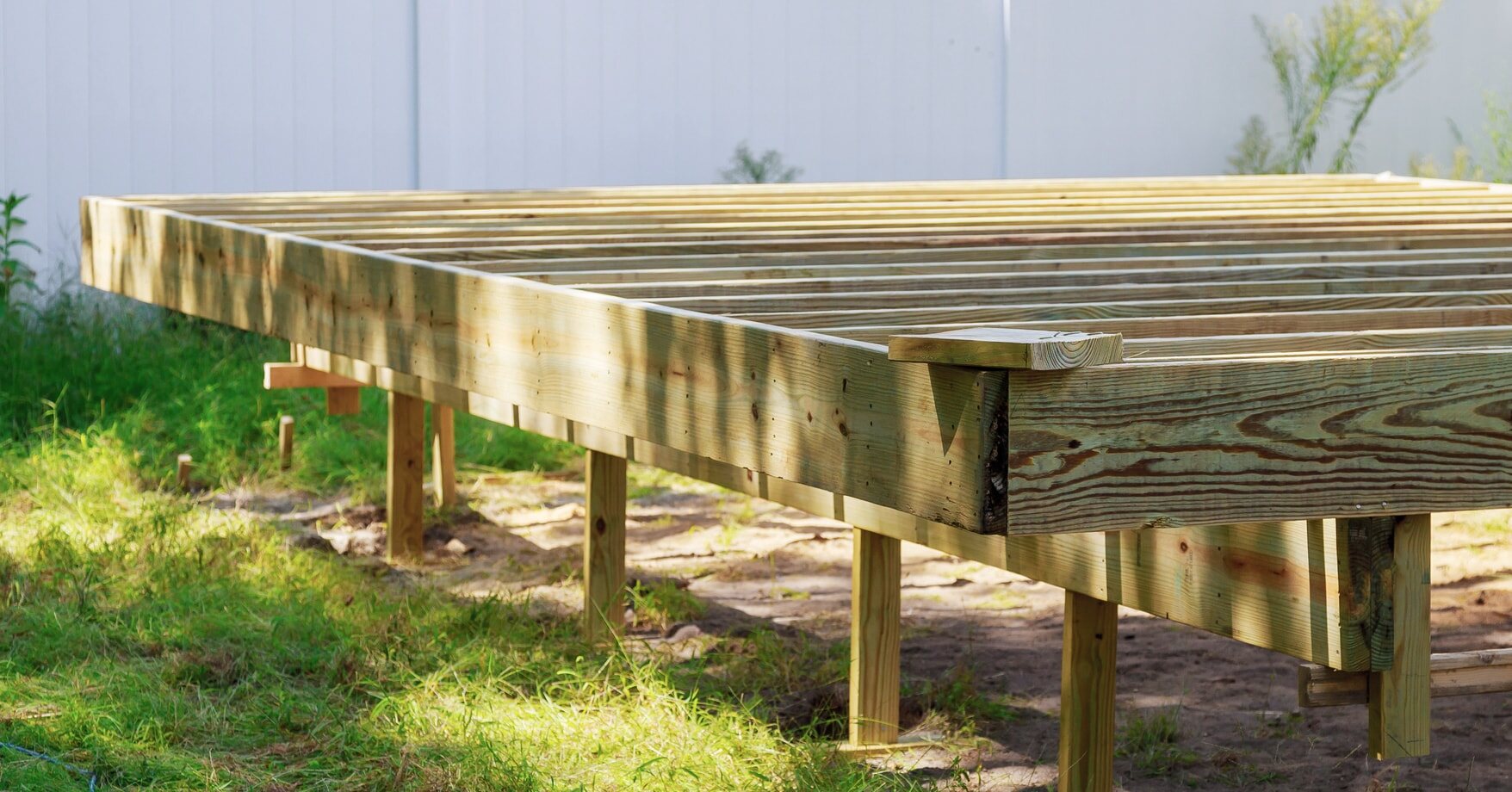
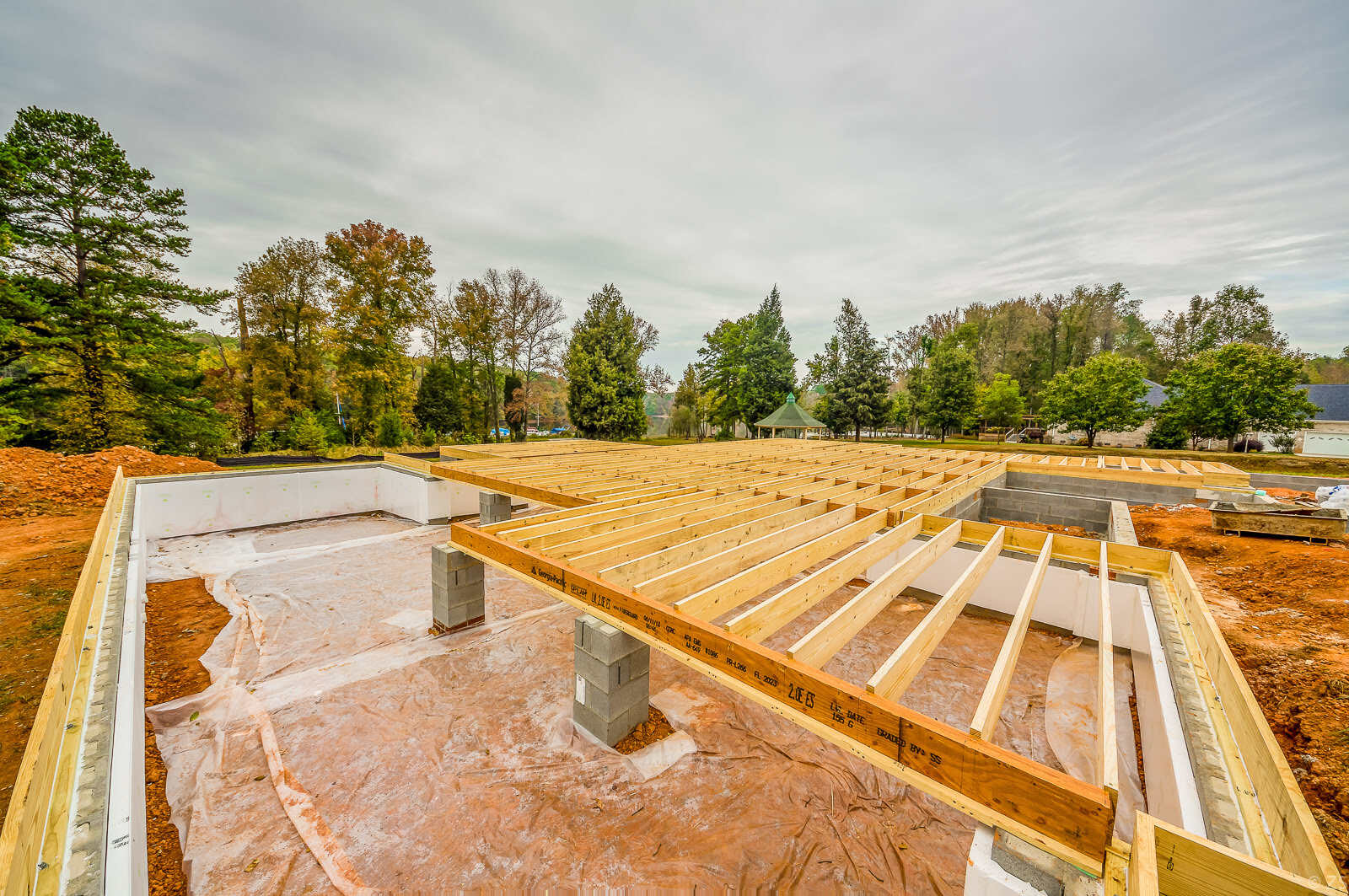
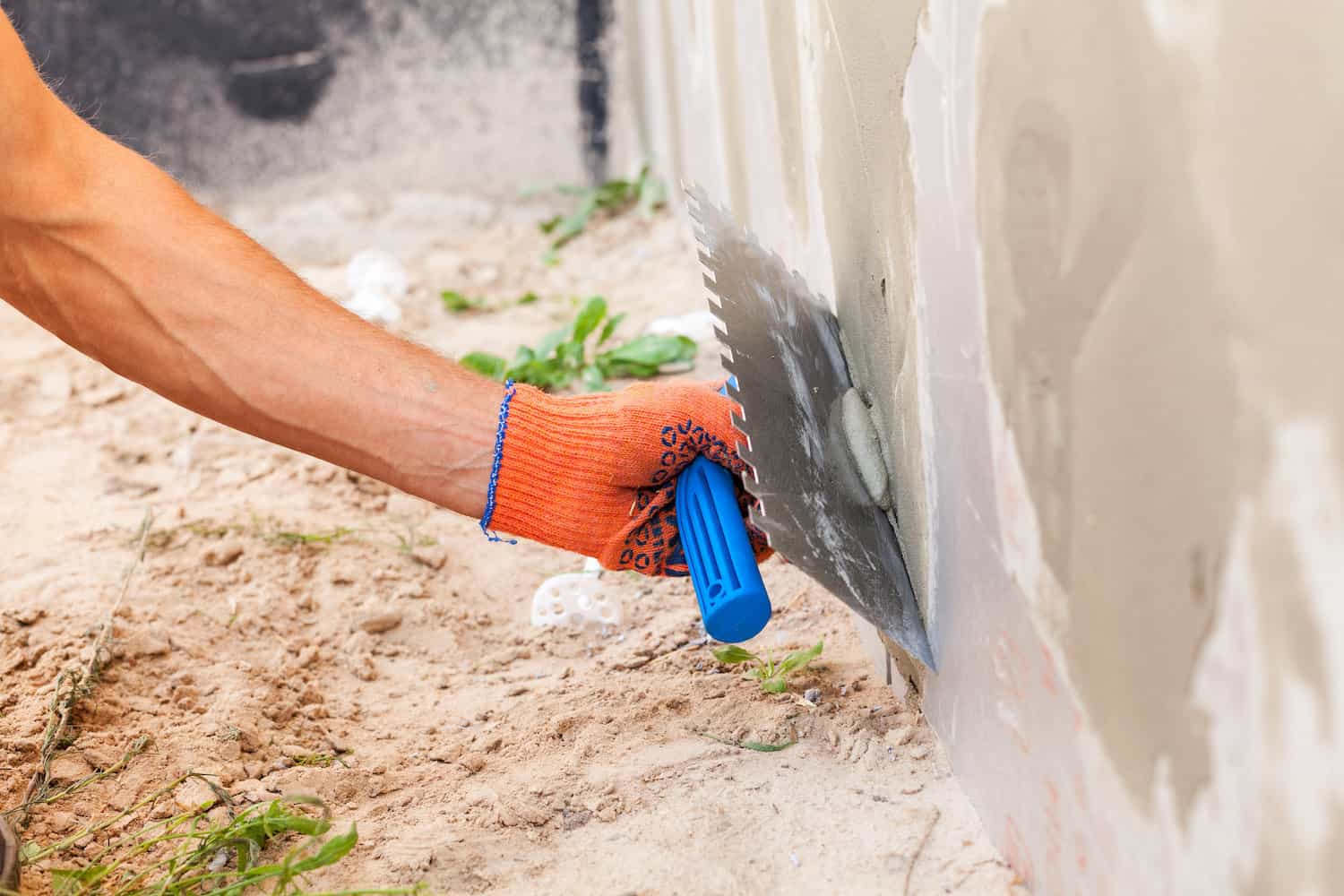
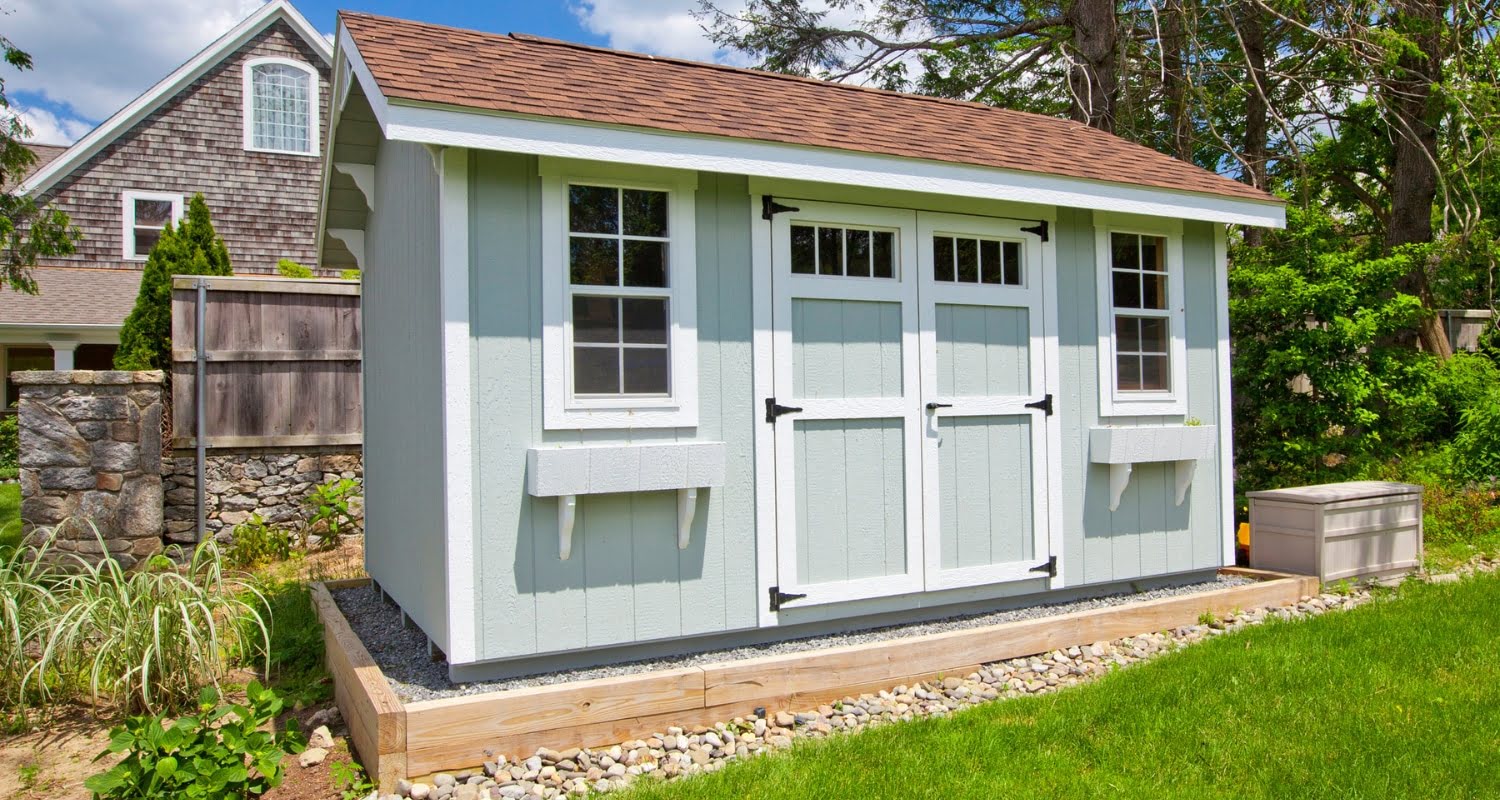
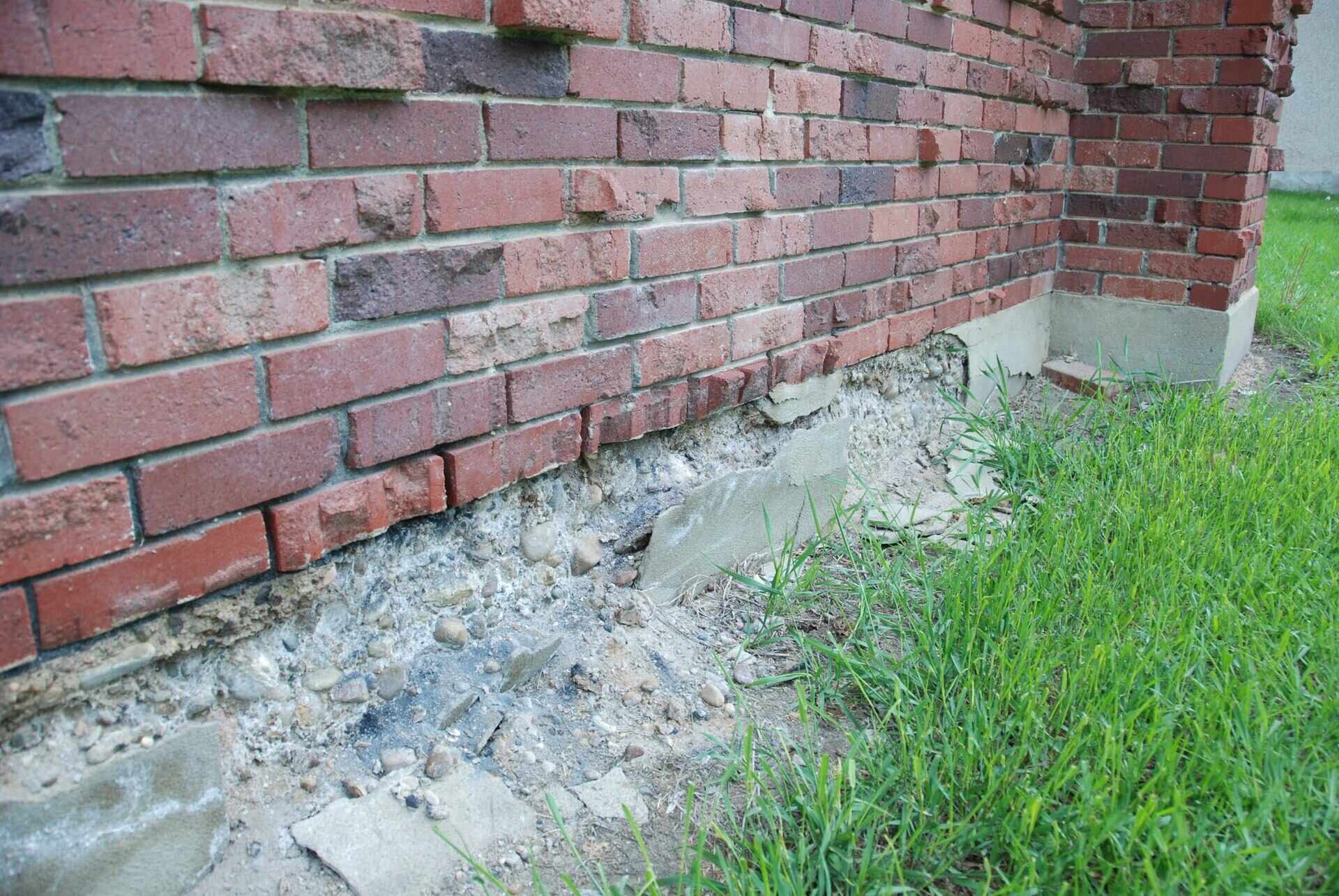

0 thoughts on “The Forbidden Frontier Of Foundation Repair”